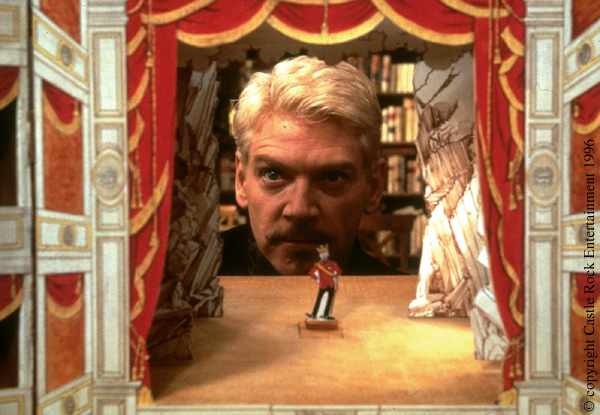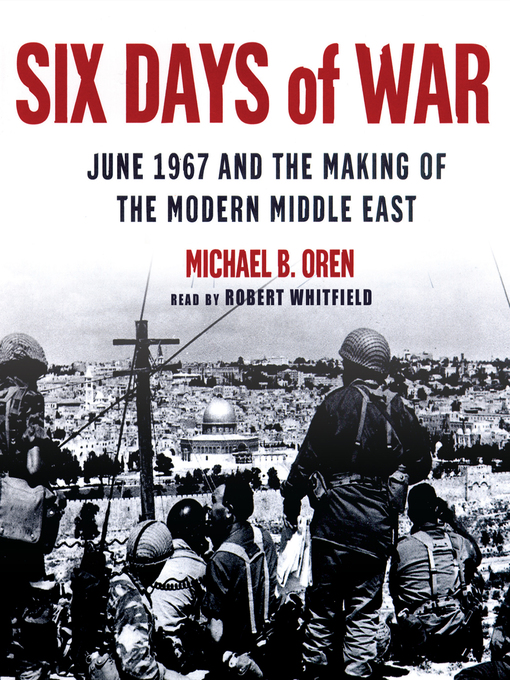
By Brian Freeman
The Enlightenment, or Age of Reason, was a time of great intellectual and moral growth for humanity. This period gave us many great figures whose works and ideas influenced important thinkers of both the American and French Revolutions. One of the greatest Enlightenment figures was François-Marie Arouet, better known by the pen name Voltaire. Voltaire was a prolific French writer who was an outspoken supporter of political and religious reform. Voltaire produced works in almost every literary form: plays, poetry, novels, essays, historical and scientific works, over 20,000 letters and over two thousand books and pamphlets. He is most famous for his plays, poetry and novels, but what is relatively unknown is his contribution as a historian and the way he influenced how history was recorded. Voltaire’s role as a historian brings philosophy and reasoning to his work. Voltaire the historian rejected the biography style of his time, questioned bias of sources, and suggested that early historiography is full of false evidence.
Voltaire was born in 1694 to a wealthy family in Paris, and given the name Francois-Marie Arouet. During the early years of his life, Arouet endured many hardships. For instance, his mother passed away when he was seven, leaving only his father and older brother to raise him. Author of Voltaire’s biography, James Parton, points out, “this added insult to injury as Voltaire despised both his father and brother.” His other hardships stemmed from the fact that Voltaire lived in the time period in which society strictly obeyed the rules of the church. According to Thomas Munck, “Faith in the church was an obligation for everyone in society and the authority of the church was never questioned, for this would definitely mean instant death.” Despite this influence, Voltaire, later in his life, would constantly challenge and insult the church. In 1704, Voltaire enrolled at the Jesuit College of Louis-Le-Grande where he excelled in academics, especially in his writing skills. While there, he studied literature, despite his father's wishes that he pursue a career in law. Furthermore, Voltaire received a great deal of theatrical education, as well as a sound liberal education, both of which would serve him later in life.
In his early twenties Voltaire was imprisoned in the Bastille for his writings about Louis XV's regent and Philippe II, Duke of Orléans. Rebecca H Gross states, “In spite of his protestations of innocence, he was sent to the Bastille for eleven months (1717-1718).” This would not be the last time Voltaire would be imprisoned for his writing. Voltaire was subject to brief spells in prison and even exiled for his controversial remarks about the French Monarch government and the Catholic Church. Despite the exiles, imprisonment, and constant pressure by the government, Voltaire did not stop writing. Instead, the imprisonments encouraged his writing. Actually, it was during this time of trouble with the law that Arouet adopted the pen name Voltaire. According to James Parton, “after choosing the new name, Voltaire said, ‘I was very unlucky under my first name. I want to see if this one will succeed any better.’” However another biography writer Rebecca H.Gross states, “There were his social ambitions, which could have prompted him to deny his bourgeois origin and call himself by an entirely different name…”
The name change for Voltaire would prove to be very successful. He would be very successful and collect a very large fortune for his writing. There was no doubt that Voltaire was a great writer. Thomas Munck points out, “Only a single well known writer of the eighteenth century was really wealthy, namely Voltaire. He was any case exceptional in that he had set about systematically amassing so substantial a fortune that he became totally independent both of patrons and of publishers.” One of Voltaire’s most successful writings is the Candide. The Candide, written in 1764, is known as one of the world’s greatest satires. In the Candide Voltaire pokes fun at much of Europe and attacks simple human follies and frailties. Most of the characters are brutally killed or fiercely hurt for idiotic reasons. According to The Longman Anthology of World Literature, “Candide attacks the widespread idealist system of philosophical optimism, which could be seen as justifying human suffering as a necessary part of a cosmic order beyond human ken, implicitly condoning a passive resistance to the effort required to prevent or alleviate suffering.” The Longman Anthology of World Literature goes on to state, “It was an immediate bestseller, reprinted about forty times during its first year and soon translated into several European languages.”
Voltaire’s historical writings were not only very successful, but they were also extremely profitable. His very first historical writing, Histoire de Charles XII released in 1731, sold numerous copies. According to Rebecca H. Gross, “Within three years, Jore printed five editions of the Histoire de Charles XII. Each edition was almost as big as the first 2,600 copies because, within these three years, more than 10,000 copies of the works were sold.” The profitability of Histoire de Charles XII can be contributed to Voltaire’s view and style in which he believed history should be written completely different than from the other writers of his time. The Encyclopedia of Historians and Historical Writing praises Voltaire’s style by stating, “The result of Voltaire’s endeavor was a noncommittal and a free account of the sovereign, which contrasted substantially with the detailed and pointless biography of the same king written by his chaplain.” Unlike other historians of his time, Voltaire not only wrote about King Charles, but he also captured how the King’s actions changed the society and civilization of his people. The style Voltaire used to achieve this “was revolutionary in that it treated a contemporary subject, the king of Sweden, and its object was to show that the ambitions of even the most admirable warrior brought nothing but disaster to his nation.” Voltaire strayed from the typical historians of his day by analyzing the personal strengths and shortcomings of an individual rather than simply presenting a timeline of their life. As a result, “Voltaire founded a new genre, now known as Kulturgeschicte,” which “widened the scope of history from a record of events to a survey of civilization.” Voltaire continued to revitalize historical writing by using the narrative. The author Bruce Mazlish of The Riddle of History goes in more depth into the reason Voltaire used the narrative. He states, “Voltaire was not interested in offering a causal analysis of historical change. He wished, rather, to offer a ‘picture of an age,’ to depict the state of human reason at a given point.” Mazlish goes on to state, “He frequently used the narrative form. But this was partly because it came naturally to him as superb storyteller, and partly because it kept the reader’s interest more readily.” Overall, using the narrative, in combination with his philosophical presentation, Voltaire produced exquisite works of literature that made him one of the most famous historians of his time.
Voltaire’s most famous work was Age of Louis XIV. Encouraged by his first try as a historian, Voltaire immediately began work the following year on his historical masterpiece, Age of Louis XIV. Released finally in 1751, Age of Louis XIV would be a culmination of more than twenty years of methodical and careful study of all available sources, both oral and written. From this mass data, Voltaire compiled the history and success of the French as a nation by presenting the state of mind of a century. Similar to his first historical writing, Histoire de Charles XII, Age of Louis XIV “constituted a radical departure from traditional accounts by emphasizing the selection of cultural and intellectual facts, rather than a mere listing of events.”
Voltaire would go on to write several more historical writings, with the most important being Essay on the Manners and Sprit of Nations, The Philosophy of History, and The Pyrrhonism of History. This writings continued Voltaire’s theme of focusing on the cultural and philosophical aspects of civilization. The Essay on the Manners and Sprit of Nations “reflects the secular and liberal sprit of Voltaire as applied to a world history, and was the first of its kind to treat of topics outside of Europe.” Instead, he gave the description of China, India, and Persia, followed by a focus on the history of Christianity. The Philosophy of History would again be another highly controversial writing. In this historical writing, Voltaire directly attacked the Catholic Church with the intention “to mean a rational history of civilization independent of divine intervention.” The Pyrrhonism of History seriously questioned historiography as a genre, “questioning not only such predecessors as Herodotus and Bossuet, but moving on to expose dubious sources.” .
As a result of these influential writings, the man who began as François Marie Arouet now exists in history under the pen name Voltaire. Under this name, he became famous during the Enlightenment for his satirical writings about major issues; yet, he was also respected as an exceptional philosopher, progressive author, and a leading figure of the Enlightenment. In a time with strict censorship laws and harsh penalties for those who broke them, Voltaire fought to have his ideas heard. In doing so, he became a great historian of his time by holding true to his promise to forsake useless details, and to write only about “that which is worth your knowing; the sprit, custom, the practices of the principal nations, based on the facts which one cannot ignore.” Thus, it is apparent that Voltaire left a legacy that history is not only a series of facts and events, but also how people react to those events and how society evolves from those reactions. This legacy is evident through not only a vast collection of writings, but also a world that has been radically and directly affected by these works and the activities of their author, Voltaire. Overall, Voltaire will always be remembered as a writer, a satirist, and a crusader against tyranny and bigotry. Essentially, he is the embodiment of the 18th Century Enlightenment.










